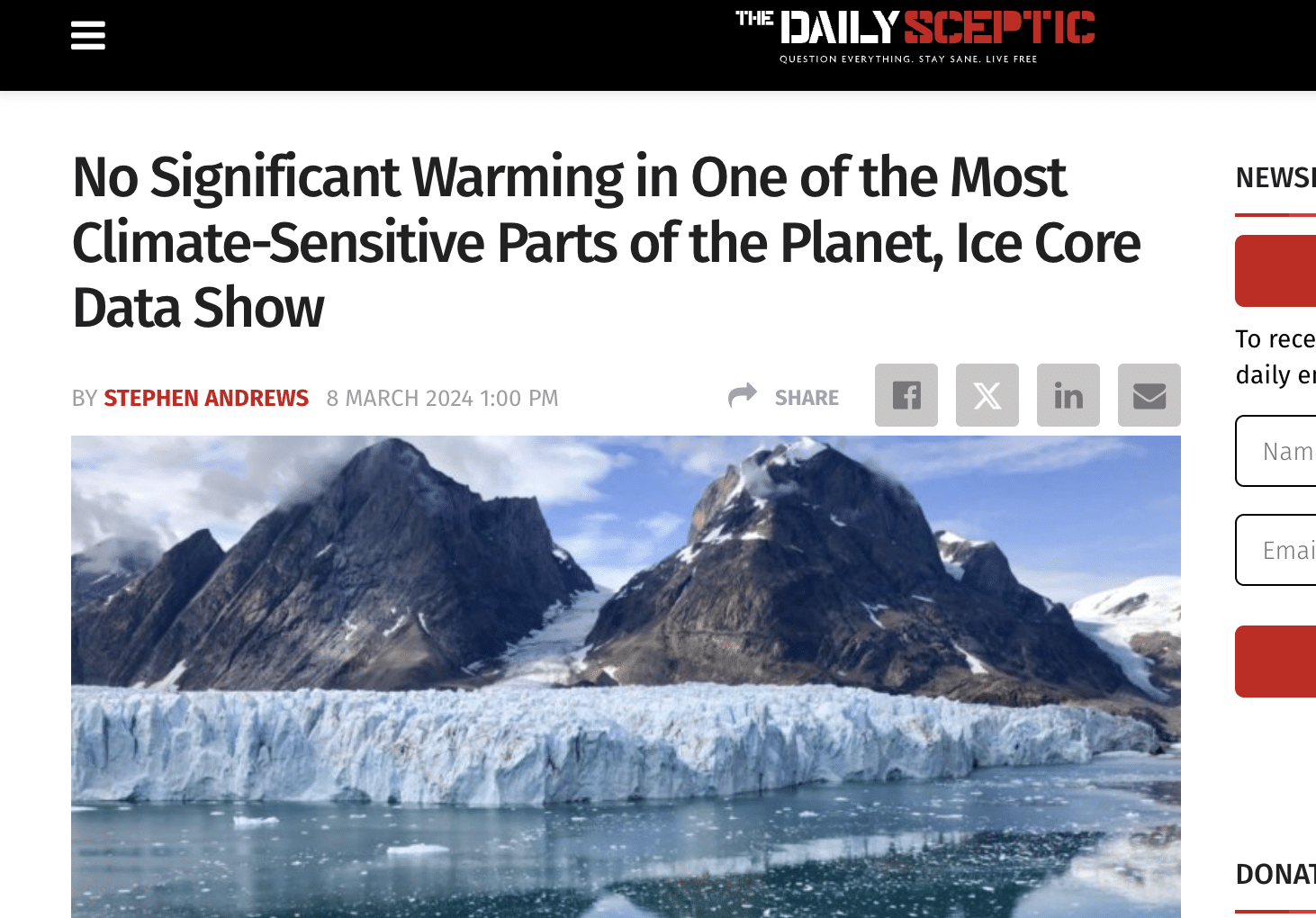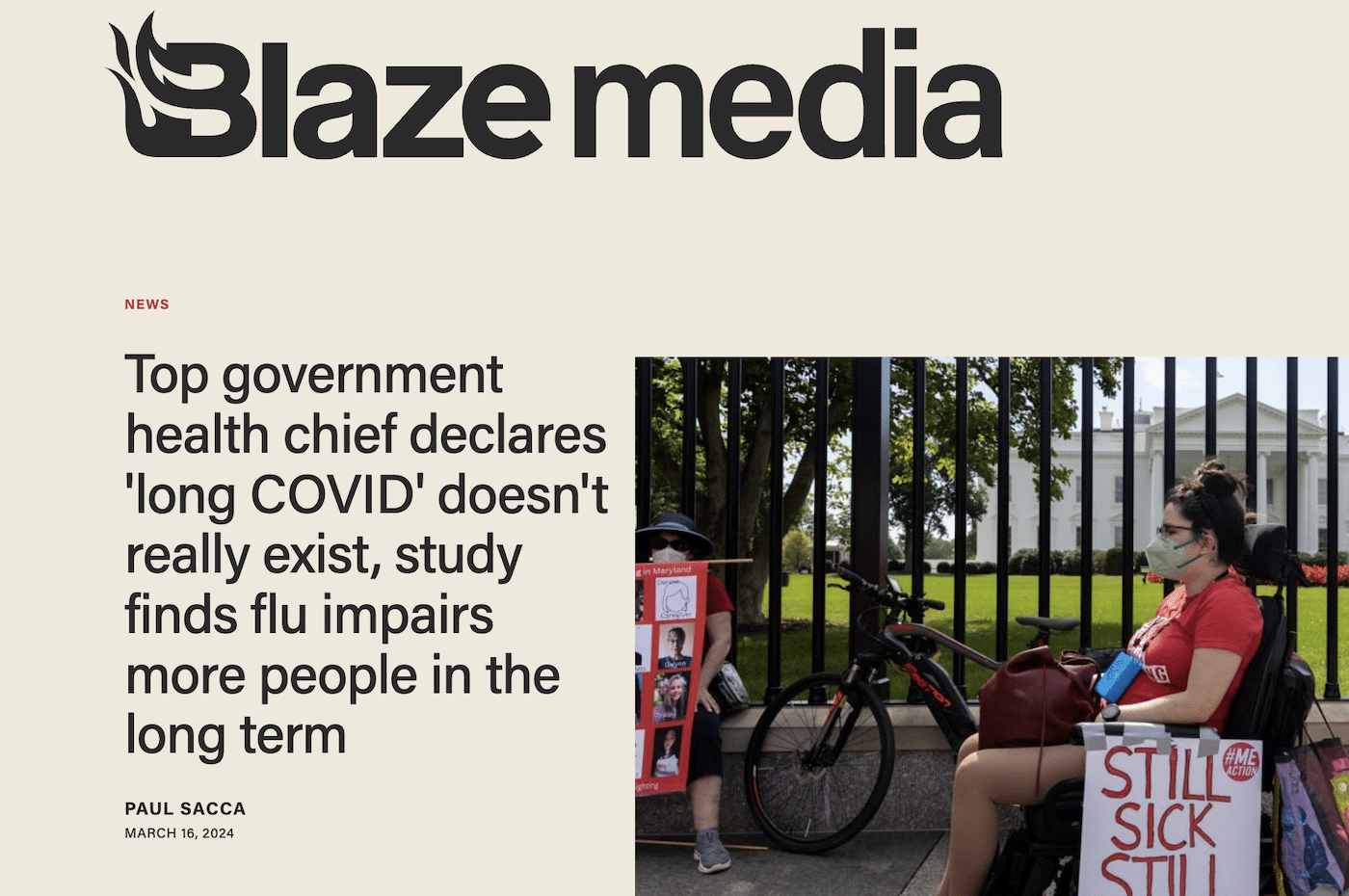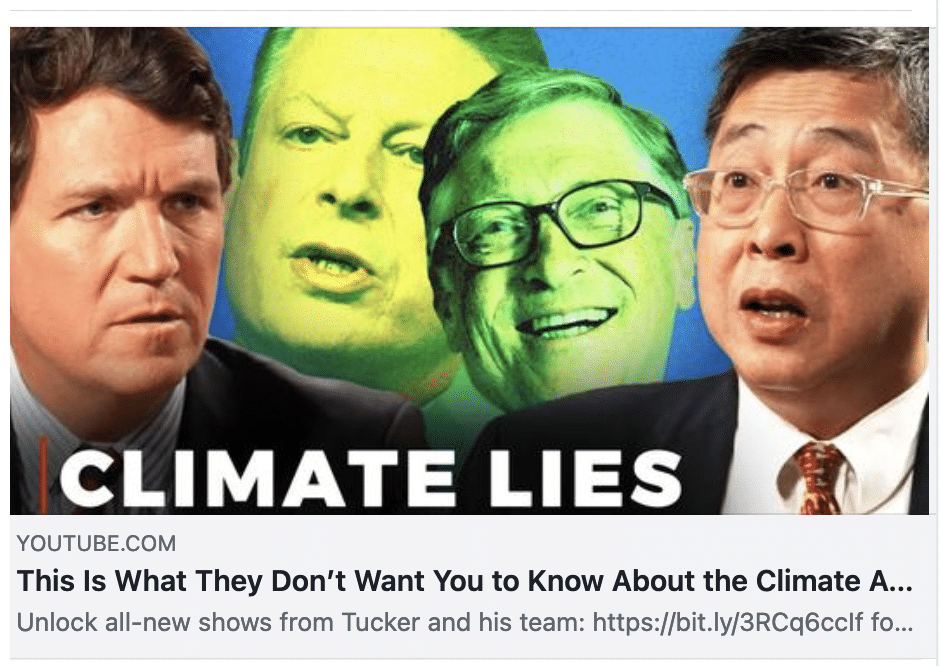- Climate
Metro's claims of coming "mini ice age" have no basis in reality
Key takeaway
Observations have shown that solar flare activity on the surface of the Sun is in the quiet phase of its continuing 11-year cycle. This causes cooling of the thermosphere—a layer of the atmosphere that starts 65 miles above the surface—and will not cause noticeable cooling at the surface.
Reviewed content
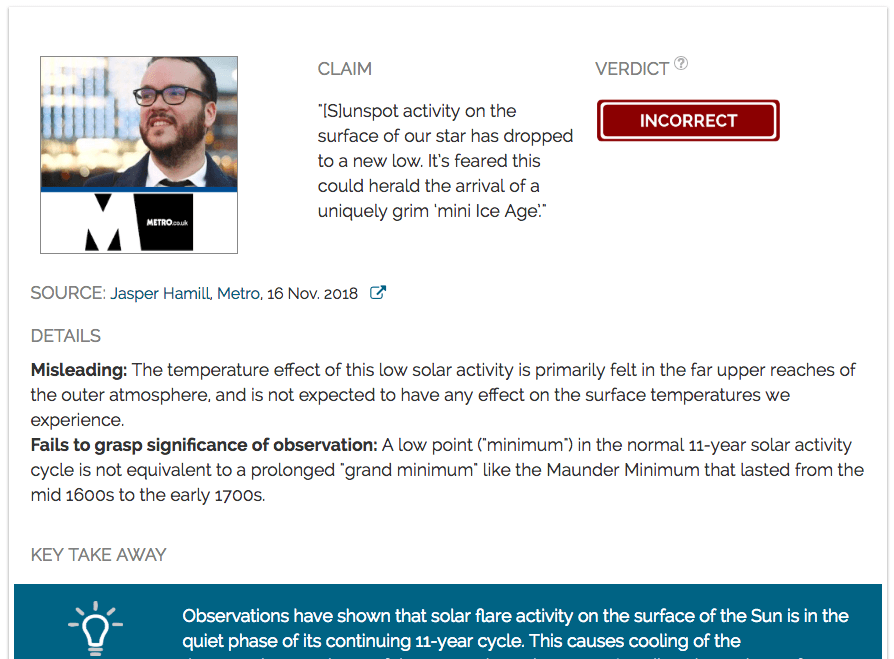
Verdict:
Claim:
[S]unspot activity on the surface of our star has dropped to a new low. It’s feared this could herald the arrival of a uniquely grim ‘mini Ice Age’.
Verdict detail
Misleading: The temperature effect of this low solar activity is primarily felt in the far upper reaches of the outer atmosphere, and is not expected to have any effect on the surface temperatures we experience.
Fails to grasp significance of observation: A low point ("minimum") in the normal 11-year solar activity cycle is not equivalent to a prolonged "grand minimum" like the Maunder Minimum that lasted from the mid 1600s to the early 1700s.
Full Claim
Humanity could soon face a long, cold winter which could see temperatures across the planet plunge to depressing lows. <br />A Nasa scientist who [<em>sic</em>] fears sunspot activity on the surface of our star has dropped to a new low. <br />It’s feared this could herald the arrival of a uniquely grim ‘mini Ice Age’. <br />‘We see a cooling trend,’ Martin Mlynczak of Nasa’s Langley Research Center told Space Weather.
This article was updated after this review was published. The author completely changed the title and the main claim of the article, making it clear that no mini ice age would be imminent, and appended an update statement. See details below.
Martin Mlynczak, Senior Research Scientist, NASA Langley Research Center:
The claims such as those in the Metro article are false. If you check the original story at Space Weather [the source of the quotes], there is no mention of a mini ice age, nor is there any mention of consequences for weather and climate at Earth’s surface.
To emphasize, the cooling effects we are seeing in Earth’s thermosphere are a result of the current solar minimum conditions. The thermosphere is the layer of Earth’s atmosphere beginning 65 miles above Earth’s surface and is highly sensitive to solar activity. There is no relationship between the natural cycle of cooling and warming in the thermosphere and the weather/climate at Earth’s surface. NASA and other climate researchers continue to see a warming trend in the troposphere, the layer of atmosphere closest to Earth’s surface. There is no inconsistency between the science findings of a warming troposphere [where we live] and the Thermosphere Climate Index described above in the Space Weather article.
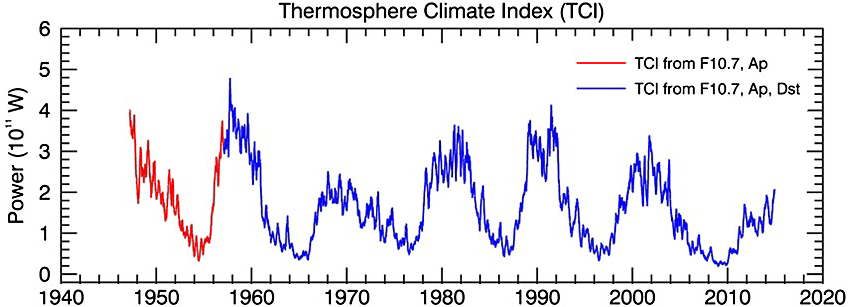
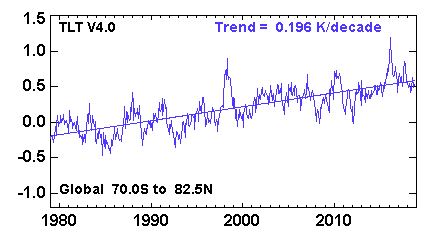

Senior Scientist, Potsdam Institute for Climate Impact Research (PIK)
[This comment taken from an evaluation of a similar statement.]
While regional and seasonal effects might be larger, the expected global temperature response to a future grand solar minimum similar to the Maunder Minimum is a cooling of about 0.1°C. It should be pointed out that this cooling would occur on the background of current anthropogenic warming which is about a factor of 10 larger. To claim that “temperatures will fall dramatically” is thus not really justified. It is also clear from these numbers that a future grand solar minimum (which would last only for a few decades anyway) would not save us from global warming, as we have shown in a scientific paper and explained here. The marginal temperature differences between warming scenarios with and without a future Maunder Minimum is illustrated here:

Figure – Rise of global temperature for two different emission scenarios (A1B, red, and A2, magenta). The dashed lines show the slightly reduced warming in case a Maunder-like solar minimum should occur during the 21st century. The blue line represents global temperature data. Source: PIK.
[Read more about how the claim propagated online: False claims of a coming ice age spread through ecosystem of unreliable news sites, blogs, and social media accounts]
The version of the article live as of Nov. 22 (the fourth) displays the following update statement:
“This article has been amended since initial publication to remove the erroneous suggestion that the possibly record-breaking cooling of the thermosphere, located over 100km above the surface of the Earth, would have the effect on the troposphere of ‘a mini Ice Age’. We are happy to clarify that the record low temperatures reported as part of a natural cycle in solar activity are not inconsistent with current scientific findings of a warming troposphere, and apologise for any contrary impression given.”
- The original version‘s first paragraphs read:
“Humanity is facing a long, cold winter which could see temperatures across the planet plunge to depressing lows. That’s the warning from a Nasa scientist who fears sunspot activity on the surface of our star has dropped so low that it could herald the arrival of a uniquely grim mini Ice Age.”
- A second version then read:
“Humanity could soon face a long, cold winter which could see temperatures across the planet plunge to depressing lows. A Nasa scientist has revealed that sunspot activity on the surface of our star has dropped to a new low, causing temperatures in the upper layer of our atmosphere to plummet. Other researchers have previously warned that the slowdown in sunspot activity could herald the arrival of a uniquely grim ‘mini Ice Age’.”
- A third version of the article was then published, which read:
“A Nasa scientist has revealed that sunspot activity on the surface of our star has dropped to a new low, causing temperatures in the upper layer of our atmosphere to plummet. Other researchers have previously warned that the slowdown in sunspot activity could herald the arrival of a uniquely grim ‘mini Ice Age’. But the Nasa scientist went on to say that the trend he sees is overall global warming, not cooling, and insisted this ‘solar minimum’ does not mean the world is going to shiver through a depressingly long winter.”
The title of the article has also been modified from:
- “A mini ice age could be on the way and it’s going to get very, very cold” in the second version to
- “Nasa scientist detects sunspot slowdown – so is a ‘mini Ice Age’ on the way?” in the third version and finally
- “Nasa scientist says sunspot slowdown will cause temperatures in the upper atmosphere to plunge” in the fourth version.

